Word Search - Find hidden words
Unleash your inner wordsmith in this addictive puzzle challenge!
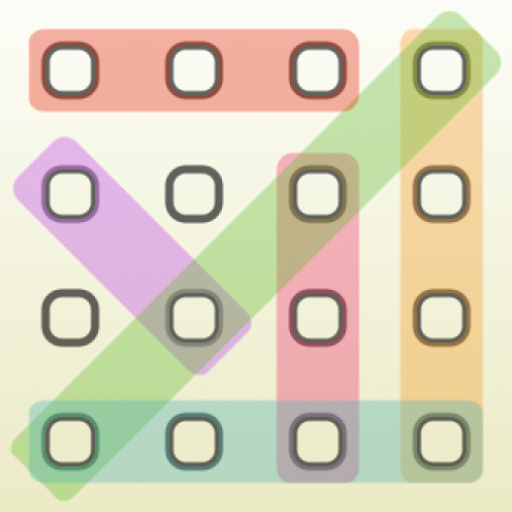
- 1.20 Version
- 4.9 Score
- 33M+ Downloads
- Free License
- 3+ Content Rating
Introducing Word Search
Who said word games were boring? If someone told you that, you better show them Word Search! Move over, crossword puzzles. Word Search takes the form of classic word-finder games set in a modern tone. Complete words horizontally, vertically, diagonally, or even in reverse! If you love to play with words and vocabulary all day. Then this game is for you, plus it’s for all ages too!
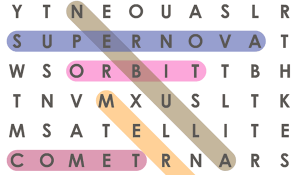
Gameplay
Fun Without the Fuss
Games.lol houses tons of relaxing games but Word Search stands out as one of the best. Better yet, the game brings you no pressure. No time limits, no move limits, no random game-breaking difficulties! Play at your own course whenever, wherever. You can also play the game in offline mode if you’re somewhere without internet coverage. All in all, just sit back, relax, and play Word Search.

Word Search Made Easy
At the bottom of the screen is where you will find Word Search tips. In here, it displays the words you must find in the jumbled canvas. They come in easy ones like “SUB”, “CRY” or “HEAT” to deeper ones like “BOON”, “JUXTAPOSE” and “PROLIFIC”. Highlighting the words are made easy with the game’s vibrantly-colored highlighters. That way, you don’t get confused even if the words are crisscrossing each other. Every time you complete a puzzle, your scores are permanently displayed within your local leaderboard.

Countless Word Levels
Well, you might be thinking that the game gets more difficult as you go on. Fortunately, the game’s difficulty pars the same way from beginning to end. There are enough levels to keep you playing without feeling like it’s all been done and over. Before you know it, you’re already on level 165 and counting! Additionally, completing words also activates a mini animation that makes the game lively. It’s a small detail but it does put a smile on anyone’s face.
Arguably the finest Word Search app available on the Play Store, it offers:
- Endless play via grids generated automatically
- Adjust the letter size to your liking
- Enjoy attractive highlighting colors
- Delight in visual animations upon word discovery
- Track and retain your top scores
How to Solve Word Search Puzzles
by Roy Leban
Just from its name, you can tell that the point of a Word Search puzzle is that you’re supposed to search for words. But how you approach a puzzle can make a difference in how efficient you are and how enjoyable the puzzle is to solve.
Long entries
A great way to find your first few entries quickly is to search for the longest ones you see in the list of entries. This is because there are fewer places that long entries can be placed in the puzzle. For example, if the puzzle is 19 by 19 letters, then a 19-letter entry must begin and end on the outer edge. You can find it quickly by just looking in the top and bottom rows and the leftmost and rightmost columns. Similarly, an 18-letter entry must begin and end somewhere in the outer two rows and columns of a 19 by 19 puzzle.
Short entries
Searching for shorter entries can be particularly hard. It’s helpful to look for them last because they’re likely to fit into otherwise empty areas in the grid. But when you are close to finishing the puzzle, the grid can be almost completely filled with highlighting which can make searching even harder. If you hide the highlighting after you’ve identified areas that seem promising, it may help. After you find an entry, the highlighting will reappear automatically to help you identify the next most promising area.
Search for any entry
The most obvious way to search is to just look through the grid, trying to spot something. You don’t even need to know the word list to do this because sometimes entries just jump out at you. At the beginning of solving the puzzle, this can be a good technique, because you’ll usually be able to spot a few entries right off the bat. To locate the harder-to-find entries, you’ll want to be more systematic and search the whole grid. Start by scanning from left to right on the first row, then right to left on the next row, reversing directions on each row until you get to the bottom of the grid. Reversing directions like this helps you avoid accidentally skipping a row.
While you’re scanning, it’s a bit easier to scan for words which read in the direction you’re scanning. For instance, if you’re scanning a line from left to right, look for words which read normally; if you’re scanning a line from right to left, look for words which are backwards. After you’ve done that, repeat the process starting in the upper right instead of the upper left. Then, scan up and down for vertical words.
Diagonal entries
The same principal works with diagonal words, but you can save time by skipping the corners. For example, if the shortest entry in the list is six letters long, there can’t be any entries within the first five diagonals from each corner — they simply won’t fit. This means you can start searching on the sixth diagonal from each corner, and the first few diagonals will go pretty quickly, as it will be very obvious whether or not there’s something readable there.
Use a bookmark
While you don’t normally need a physical bookmark with an electronic device, one can come in handy to hold along a line that you are examining. This is especially important with diagonals because your brain isn’t accustomed to scanning in these directions. Make sure to use something that won’t scratch the screen.
Search for a specific entry
If you’re looking for a specific entry, one way to find it is to find all occurrences of the first letter of the entry. For each occurrence, search in a circle around that letter and check to see if the entry appears in any of the eight directions.
Uncommon letters
Letters in the English language are not distributed uniformly. There are far more E’s than Q’s, and most puzzles follow this same distribution of letters. If an entry has an uncommon letter in it, you can usually find it faster by searching for that letter rather than the first or last letter of the entry. If you’re searching for AZALEA, look for the Z rather than looking for the A.
The most uncommon letters are J, Q, X, and Z. Together, they combine for less than one half of 1% of the letters in English words (in contrast, E by itself is more than 12%). The next most uncommon letters are K, V, and B.
Too common letters
In general, you’ll want to avoid searching for vowels and the letters H, N, R, S, and T. Together, they combine for a whopping 72% of all letters in the English language.
Interesting letter pairs
If an entry has an interesting letter sequence, such as a double letters, a Q without a U, or two unusual letters in a row, it may be faster to look for that pair in the grid.
Empty sections
The majority of word search puzzles (at least the good ones!) fill up most of the letter grid with entries. If you’re half done with a puzzle and there’s a big section in which you haven’t found any entries, it’s probably a fruitful place to start searching.
Hints
If all else fails, don’t forget you can get hints by tapping on the icon. The cursor will jump to the first or last letter of one of the entries you haven’t found yet. It’s not cheating to ask for a hint — the goal is to have fun, so if asking for a hint increases your enjoyment, feel free. Besides, you may be surprised at how often these entries will elude you even after you know where they start.
- Version1.20
- UpdateSep 02, 2024
- DeveloperMelimots
- CategoryTrivia & Word
- Requires AndroidAndroid 2.3.0 – 2.3.2+
- Downloads33M+
- Package Namecom.melimots.WordSearch
- Signature7b2c02a3110d06a62fa0dc44ec381696
- Available on
- ReportFlag as inappropriate
-
NameSizeDownload
-
3.42 MB
-
2.92 MB
-
2.03 MB


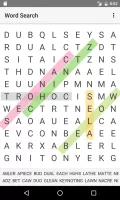
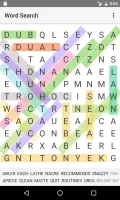
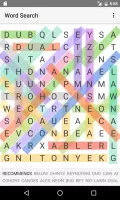

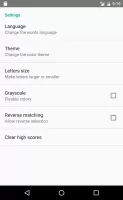

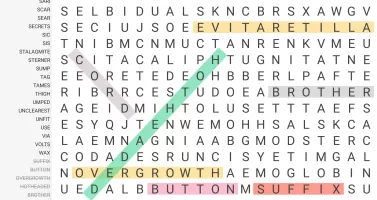

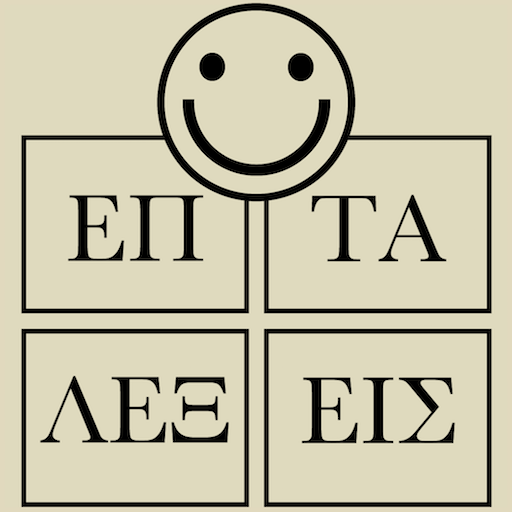
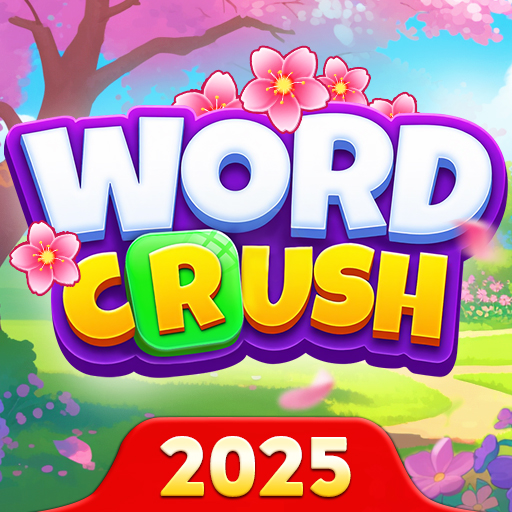
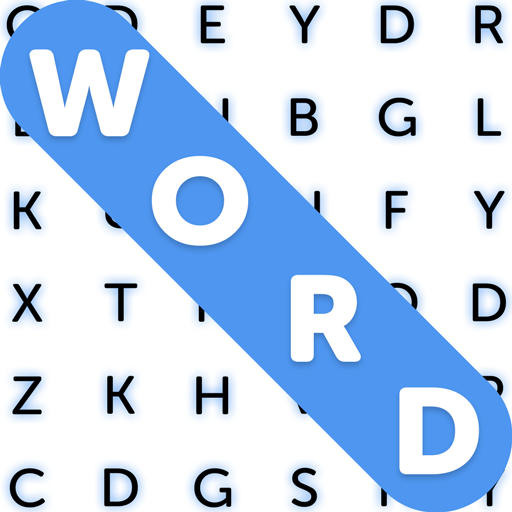
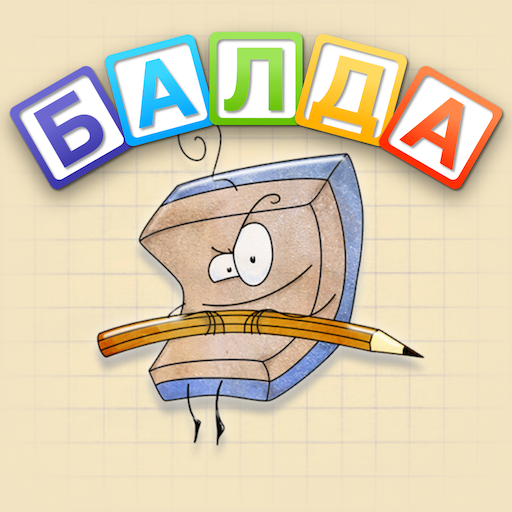











Moderately difficult
highlighted colors
Soothing, zoning, relaxing
doesn't work well with gesture navigation
obscurity of words
the size of the letters (almost too big)